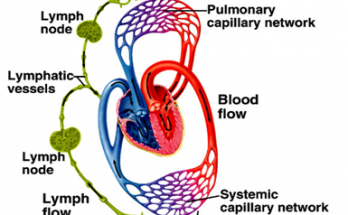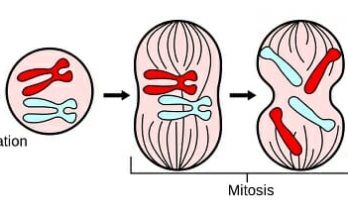
How Amoeba Acquires its Food through the Process of Phagocytosis
Amoeba, a single-celled organism, acquires its food through the process of phagocytosis. During this process Amoeba uses pseudopodia to engulf its prey and forms a membrane-bound phagosome which fuses with lysosomes to form a phagolysosome. The prey is then digested. Factors such as temperature, pH and food availability affect the efficiency of phagocytosis in amoeba.
How Amoeba Acquires its Food through the Process of Phagocytosis Read More



